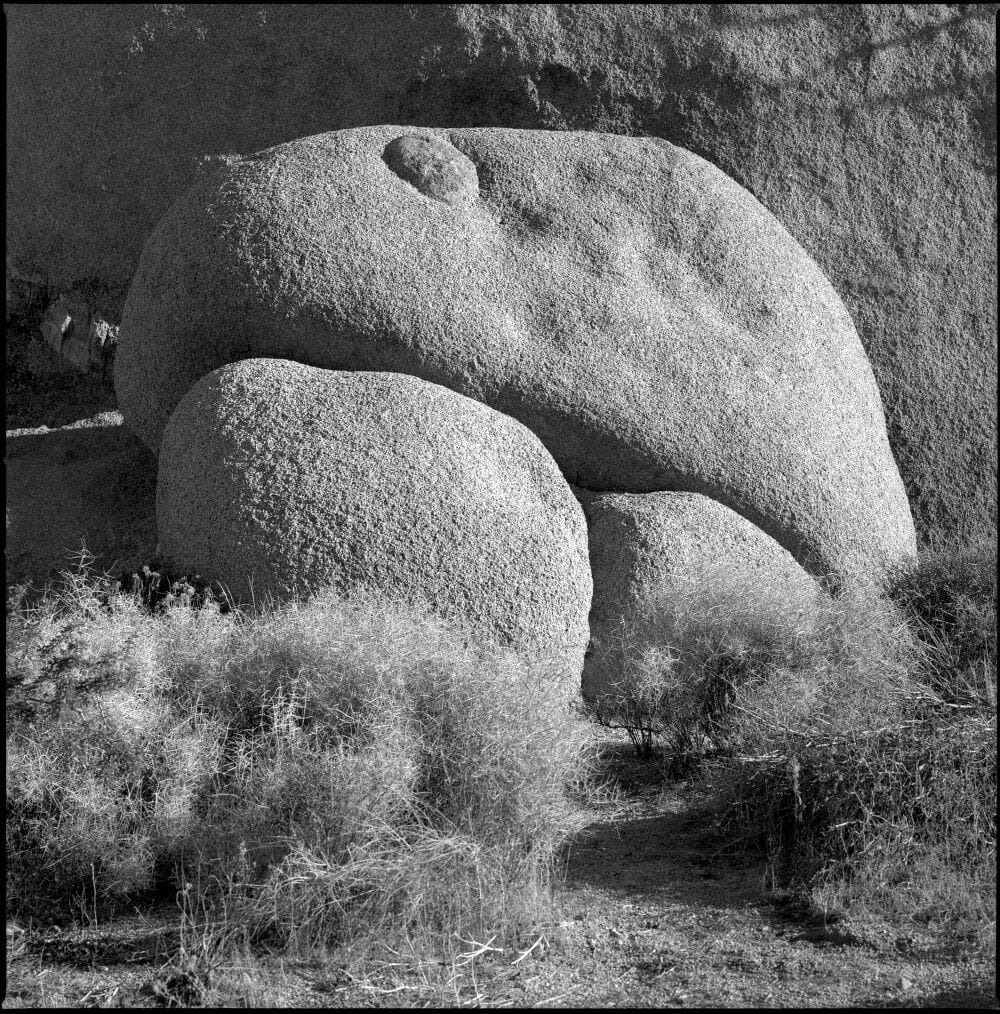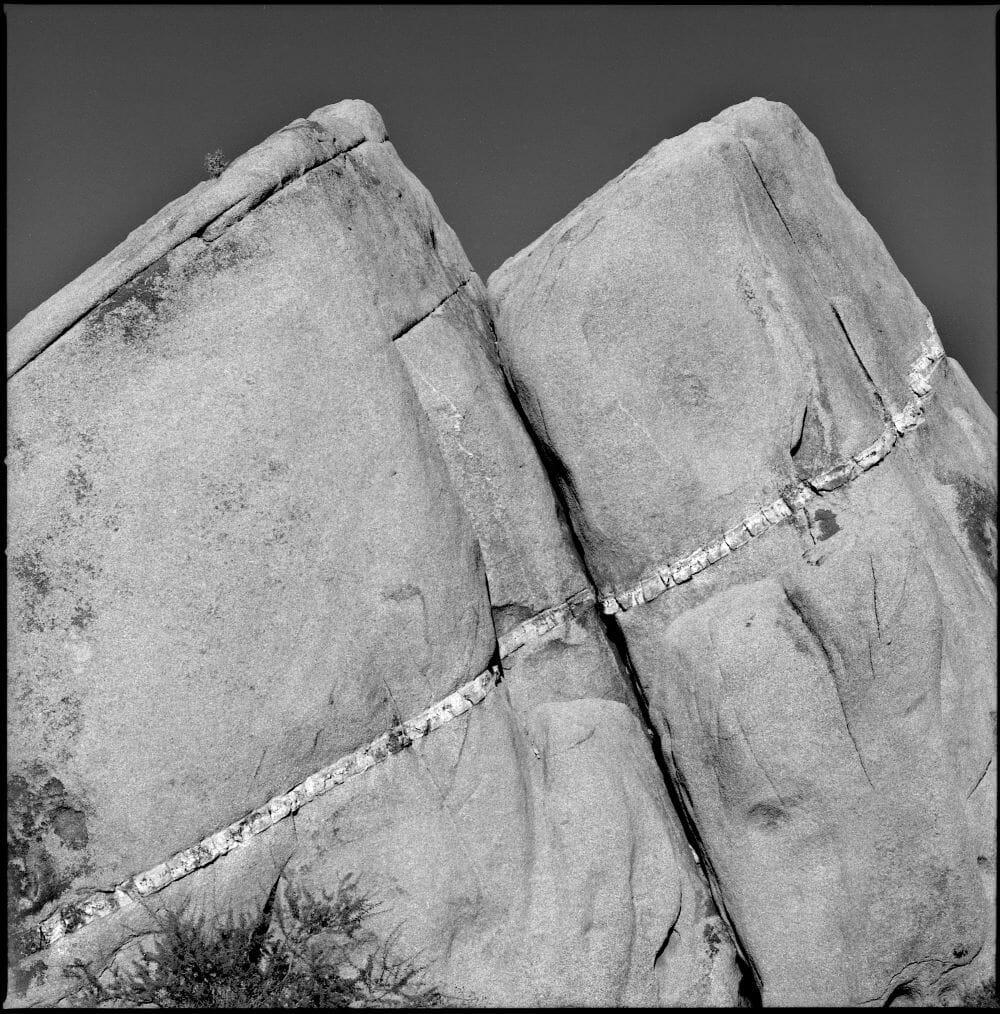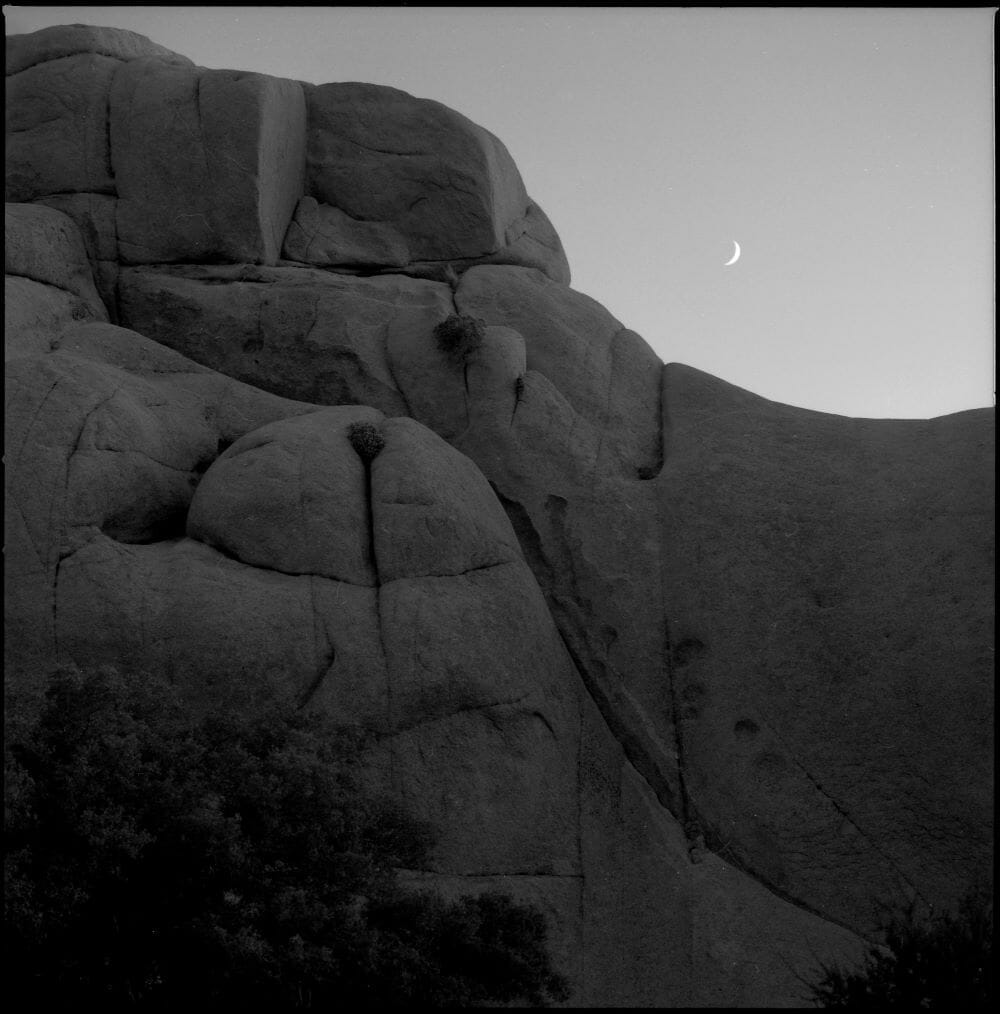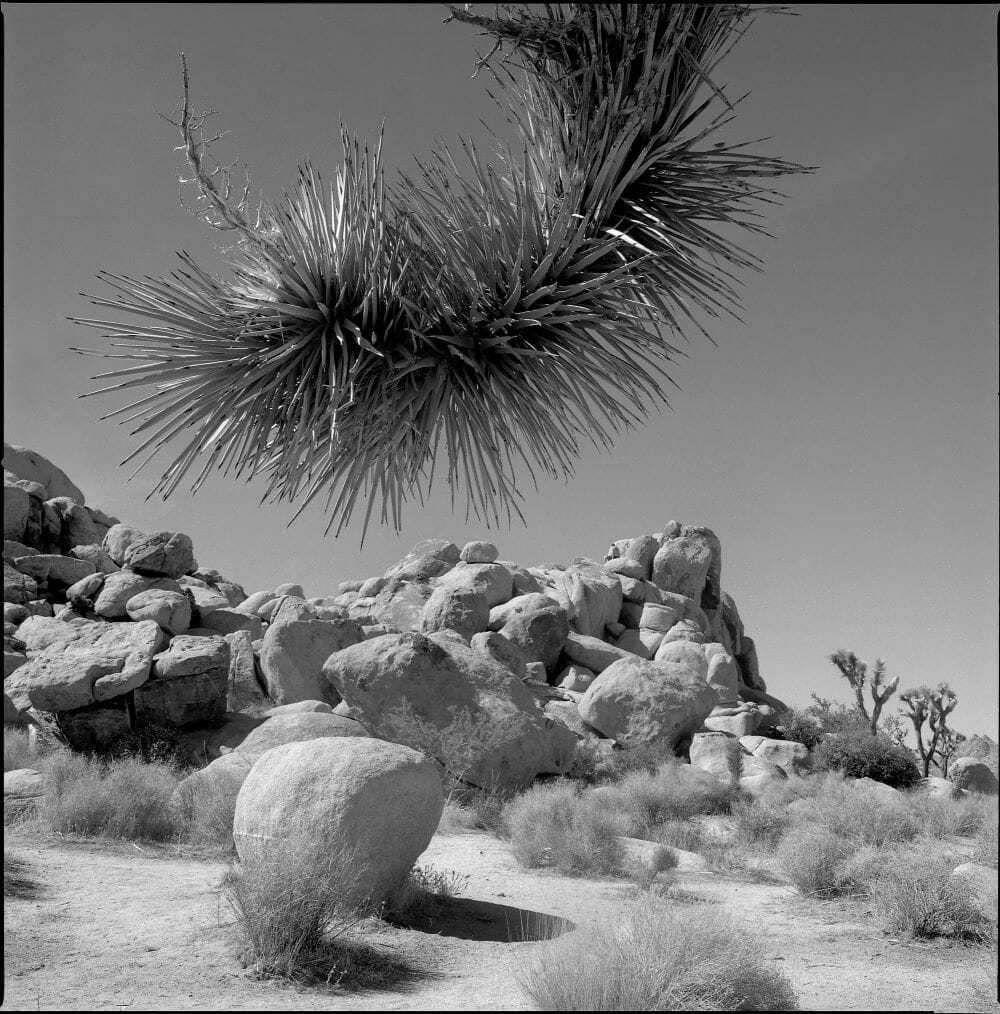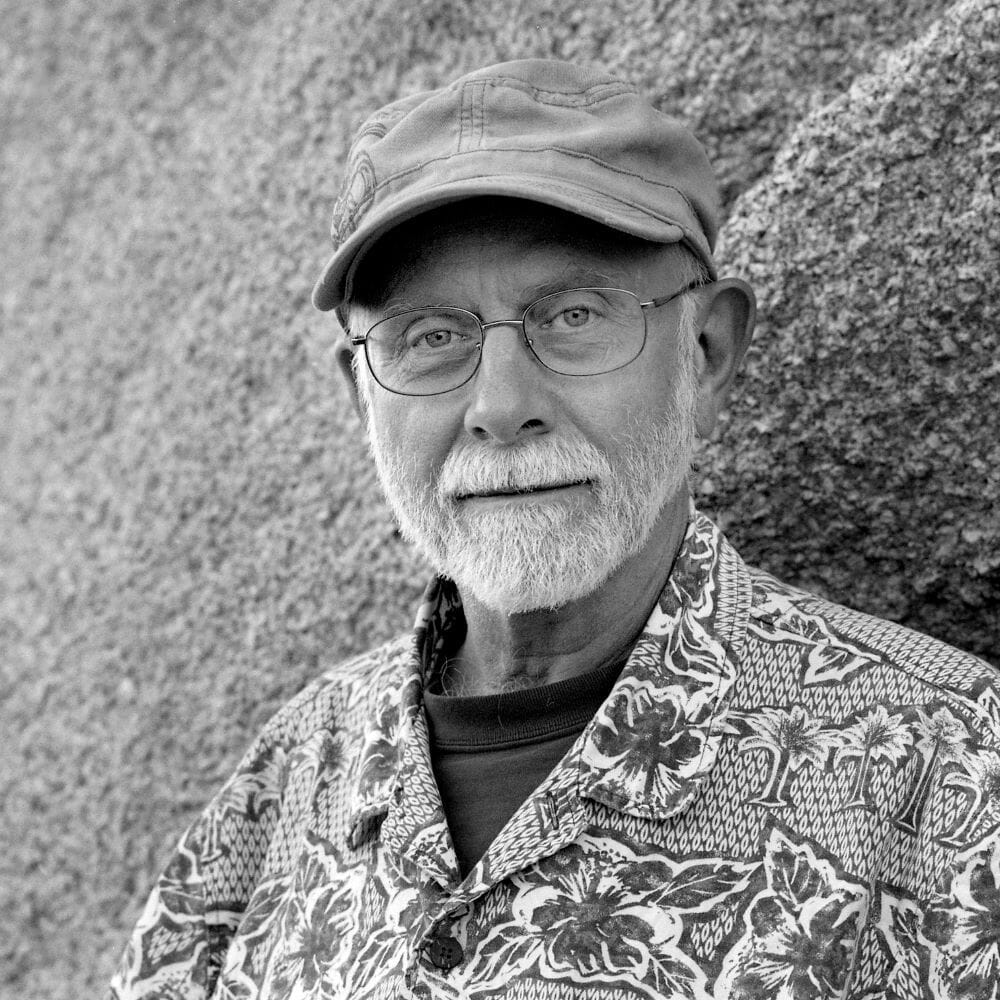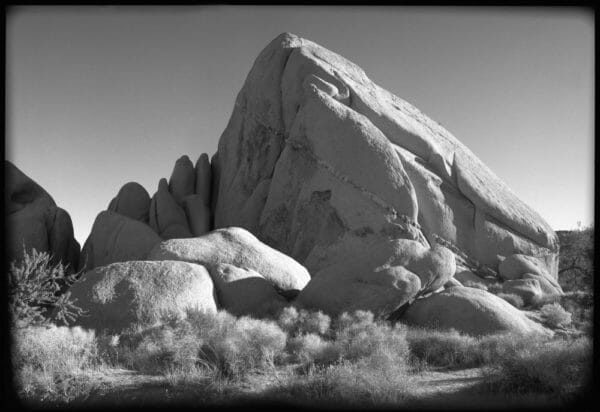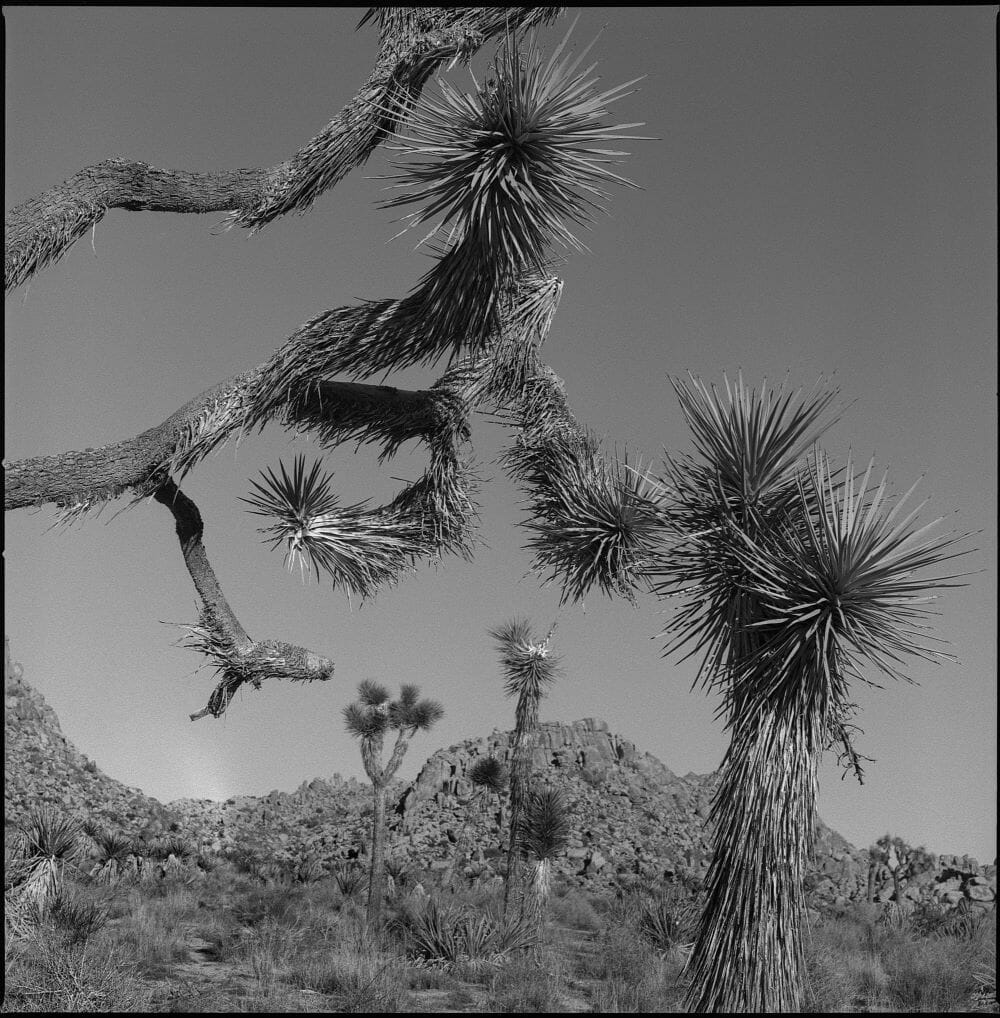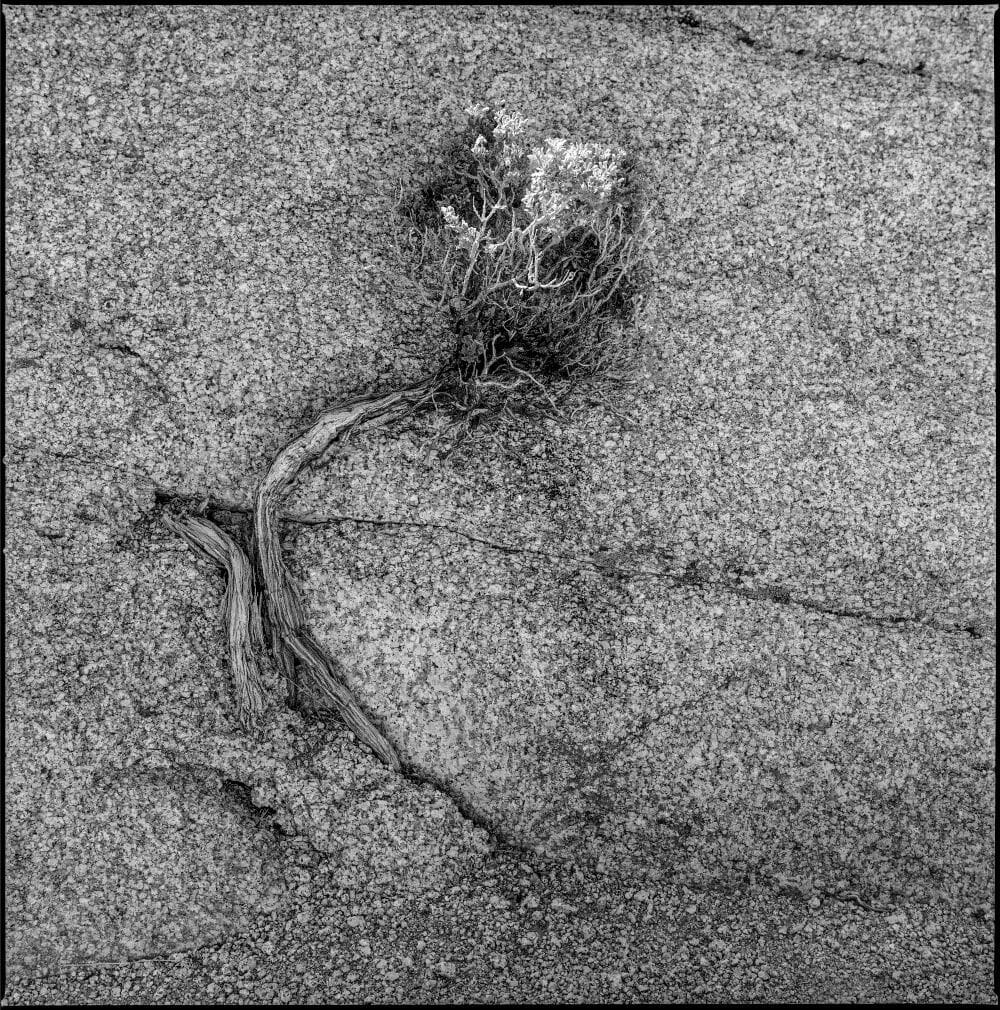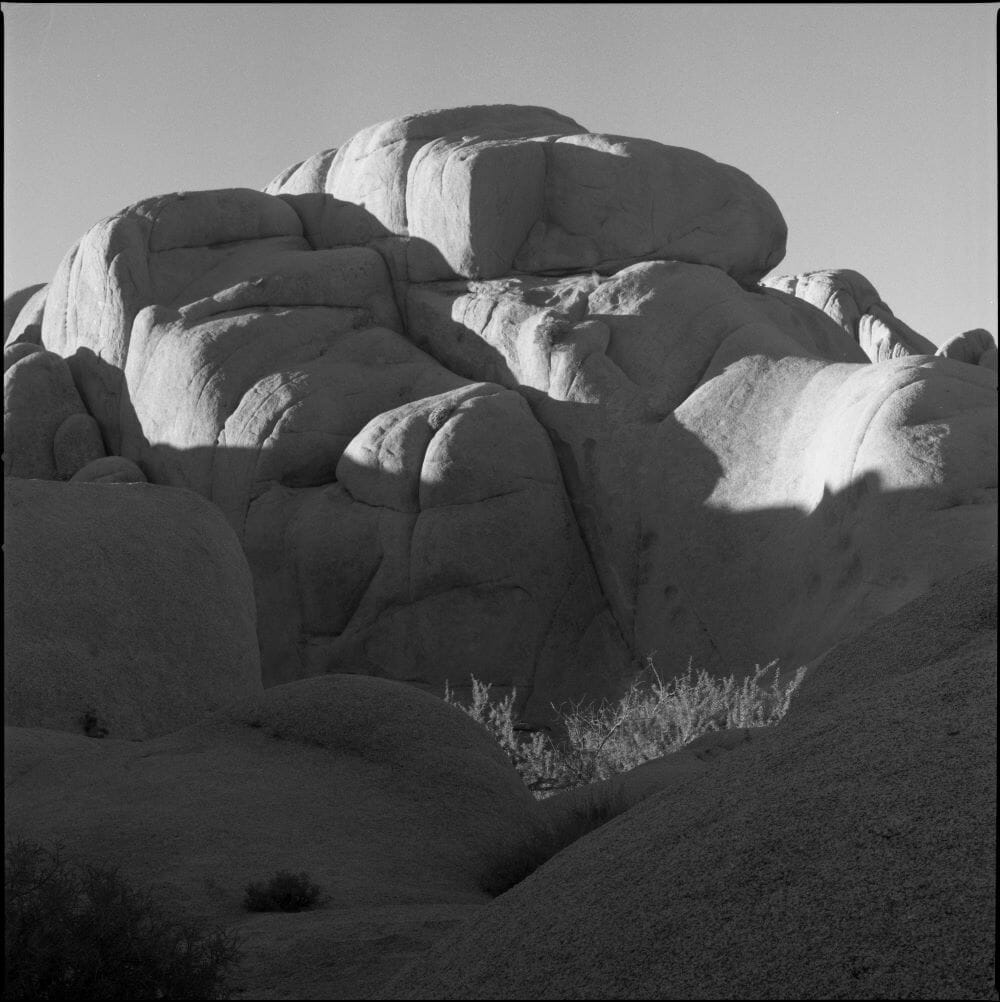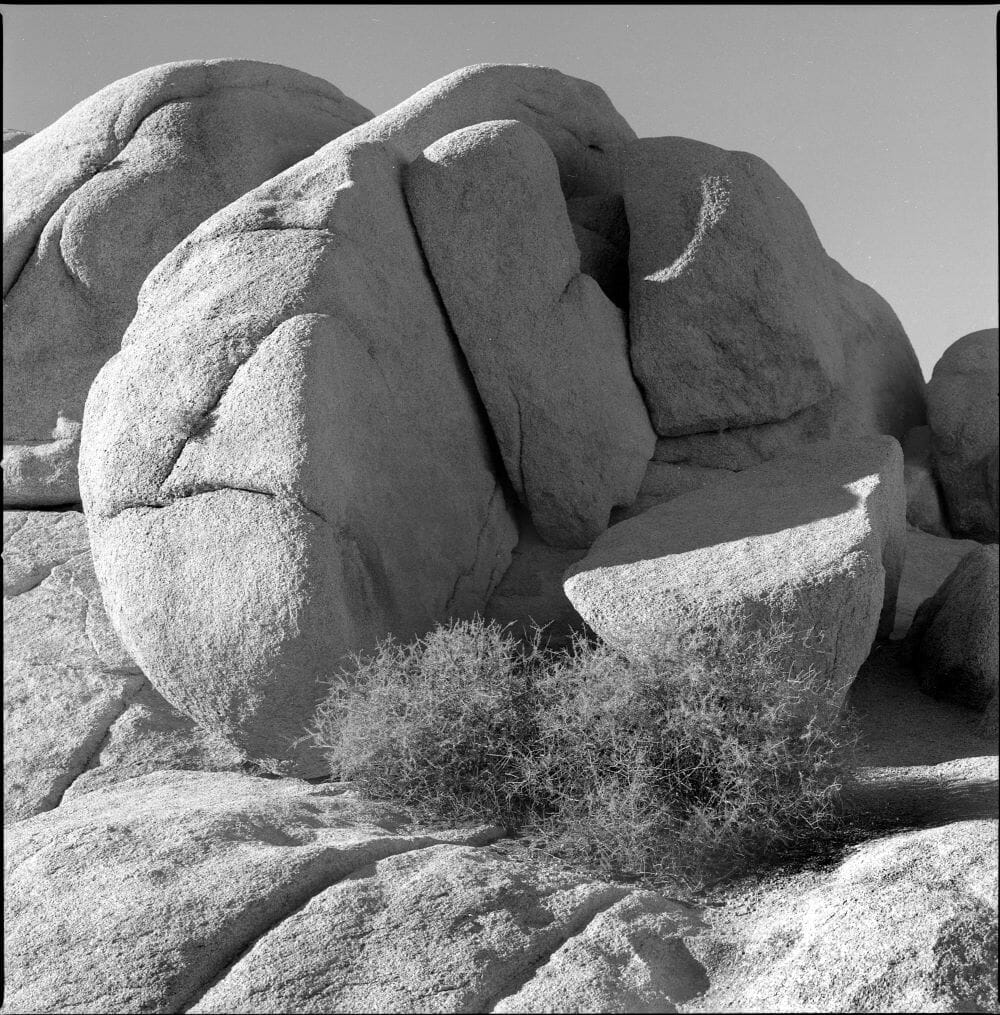Recently, Picture this Post encountered talented photographer Joe Barabe while reviewing Theatre Y Ensemble’s unique immersive theatrical experience re-creating a hike of the Camino de Santiago. (Read “Theatre Y Presents THE CAMINO PROJECT Review – Breaking the Fifth Wall Magritte-Style.”).
Joe shares that he fell in love with photography when he bumped into The Family of Man exhibition catalog, and then studied photography under photojournalist Martin Huss in Mannheim Germany. He then ran a photo center for the US Army’s Recreational Services. Joe Barabe works as a Scientific Photographer and Research Microscopist specializing in art materials and documents analysis (Barabe & Associates LLC) and now is focusing more on promoting his fine art photography, including the remarkable images you see here. and recently launched his photography website-- SEE LINK AT BOTTOM OF ARTICLE --to promote his fine art photography.
Here, Joe Barabe (JB) talks to Picture this Post (PTP) about his striking black and white photographs of Joshua Tree National Park that you see here.
(PTP) So, what’s so special about Joshua Tree?
(JB) Joshua Tree National Park is fascinating. It’s big, almost 800,000 acres or 1,200 square miles, a bit larger than the state of Rhode Island. Over half of the park is designated as wilderness. It’s at the confluence of two different deserts, the higher Mojave Desert and the Colorado Desert, below 3000 feet, each with different flora and fauna. The Joshua tree is the emblematic flora of the Mojave Desert, of course, and it’s distinctively beautiful in a don’t-touch-me way. In the Colorado Desert, the ocotillo and cholla cactuses dominate. Personally, it’s the rock formations that really grab me! The way that they form, in chunks that have weathered in a manner I find as seductively shapely as a Renoir nude. And they make great contrast with the spiny Joshua trees.
The park also attracts rock climbers at all levels of skill, and it has some awesome hiking trails.
How did those rocks form that way?
The geology is pretty complex, some of the rocks (the Pinto gneiss) going back 1.7 billion years. Much more recently (250 – 75 million years ago!) tectonic plate movements pushed volcanic material upwards, forming granites (monzogranite specifically) under the surface. The beautiful rounding of the stones is partially due to erosion that occurred when groundwater seeped through the soil cover; this also opened vertical cracks. Continuing water and wind erosion exposed the harder rocks below ground, and washed away the softer soils, so that we now have these sensuous formations. Of course, the erosion continues, so that the area continues its transformation.
How do you get there? How far is it? Are there campgrounds available? What kind of facilities do they have there for visitors?
There are nine campgrounds, some with water and flush toilets, some without. It’s about 140 miles east of Los Angeles so is easy to get to. The main roads through are paved, and many of the secondary roads are passable, some best with 4-wheel drive vehicles. Deeper in, you’ll need something tougher. The weather in October was beautiful, as one would expect, warm to fairly hot days, chilly nights, dark blue, cloudless skies, dry.
How long were you there? What time of year was it?
I was there over Columbus Day weekend. That was actually somewhat problematic, as we didn’t arrive at the park until late afternoon, and when looking for a campsite, found all slots filled, with the nearest next campground abut 20 – 30 miles away. We drove through the entire ground several times without luck, until we noticed a site with a tag but with no one there. On closer inspection, we saw that the tag was for the previous night, so we happily accepted the last site in the campground! We spent just two glorious days there.
What drew you there in the first place and how did your feelings about Joshua Tree change from being there?
I was on my way to visit a client in Beverly Hills, and took a couple days before to visit Joshua Tree with a good friend that had moved from Chicago to LA to become a cinematographer. (We’d worked together for a couple of different photo studios in Chicago). As we only had a couple of days, he suggested the place as easily accessible and photo-worthy.
I woke to a beautiful crescent moon setting into the rocks and the rising sun casting shadows over the dry sand, beautifully modeling the rounded forms of the weathered stone. The contrast of the new moon behind the sumptuous rock forms was irresistible! And we worked from first light to setting sun, pausing for a long rest while the noon-time light was the heaviest. My buddy knew the area well, so we were able to move from location to location with good efficiency.
Your photos are all black and white. Did you plan it that way? Did you shoot color as well? Is this film or digital?
All of these images come from 6 x 6 cm black and white negative film, photographed with a fairly ancient Hasselblad camera, hand developed in my home laboratory. The sky was darkened with a yellow filter, which partially absorbs blue light. I scanned the negatives digitally, processed them with Photoshop, and printed them digitally on fine art paper with archival pigment inks.
I shot digital color as well, but don’t find them as interesting as the black & whites. I found the color distracting, and it reduced the tension inherent in the black & white images.
If you were to re-do your visit, what would you change? Any other tips for first time visitors to Joshua Tree?
If I get a chance to return, I would do a few things differently. I would continue with the black & white film approach, as it seemed just right, but I would also do more digital photography. I’m better at it and have a better camera now. I’d like to photograph the night sky, as there was very little light pollution, so capturing the Milky Way would be easier.
Who do you think would most enjoy a vacation at Joshua Tree? Who would you warn away and caution that it is not likely to be their cup of tea?
Joshua tree is a perfect vacation destination for anyone that loves the outdoors, and especially deserts. For nature-lovers of all sorts, the flora and even the mostly unseen fauna, and the fantastic geology, have to be experienced. There are well-groomed trails for hikers of all levels of experience, and it’s a rock climber’s paradise. Needless to say, it’s great for photographers of all ilks! I would especially recommend it for families.
If your idea of vacation is lounging on a beach or cruising the Caribbean, you might think twice. It can be hot, very hot in the summer months – this is desert! – but temperate in other seasons. It is dry. Our campground was without water; it had to be brought in. So bring plenty of water, no matter what your plans. If hiking or rock-climbing, go with someone capable of helping if you run into trouble. If hiking, bring and drink plenty of water. If driving, only travel on roads appropriate for your vehicle, and make sure you have enough gas for whatever trips you’re making. It’s a fragile environment; respect it and treat it gently
Nominate this for The Picture This Post BEST OF 2020???
Click Readers' Choice
Vote Securely! Vote Privately! And Make Your Vote Count-- as all voting should be!!
To see more of Joe Barabe’s art photography visit his recently launched Joseph Barabe art photography website.
Photos by Joe Barabe
.
Editor's Note: You can also enjoy Joe Barabe's photography of the Camino de Santiago in the Picture this Picture this Post Youtube video “The Camino de Santiago and Theatre-Y’s The Camino Project

